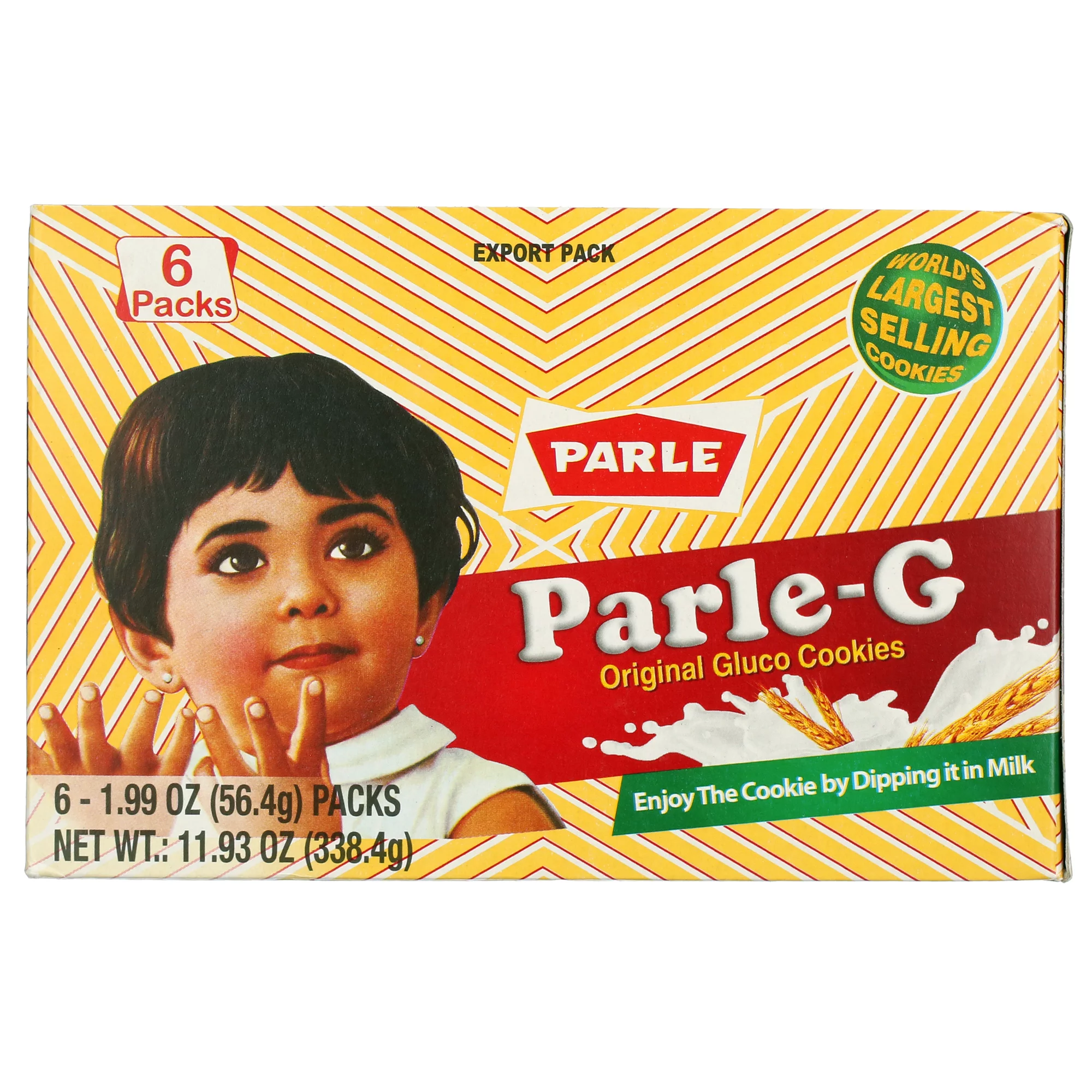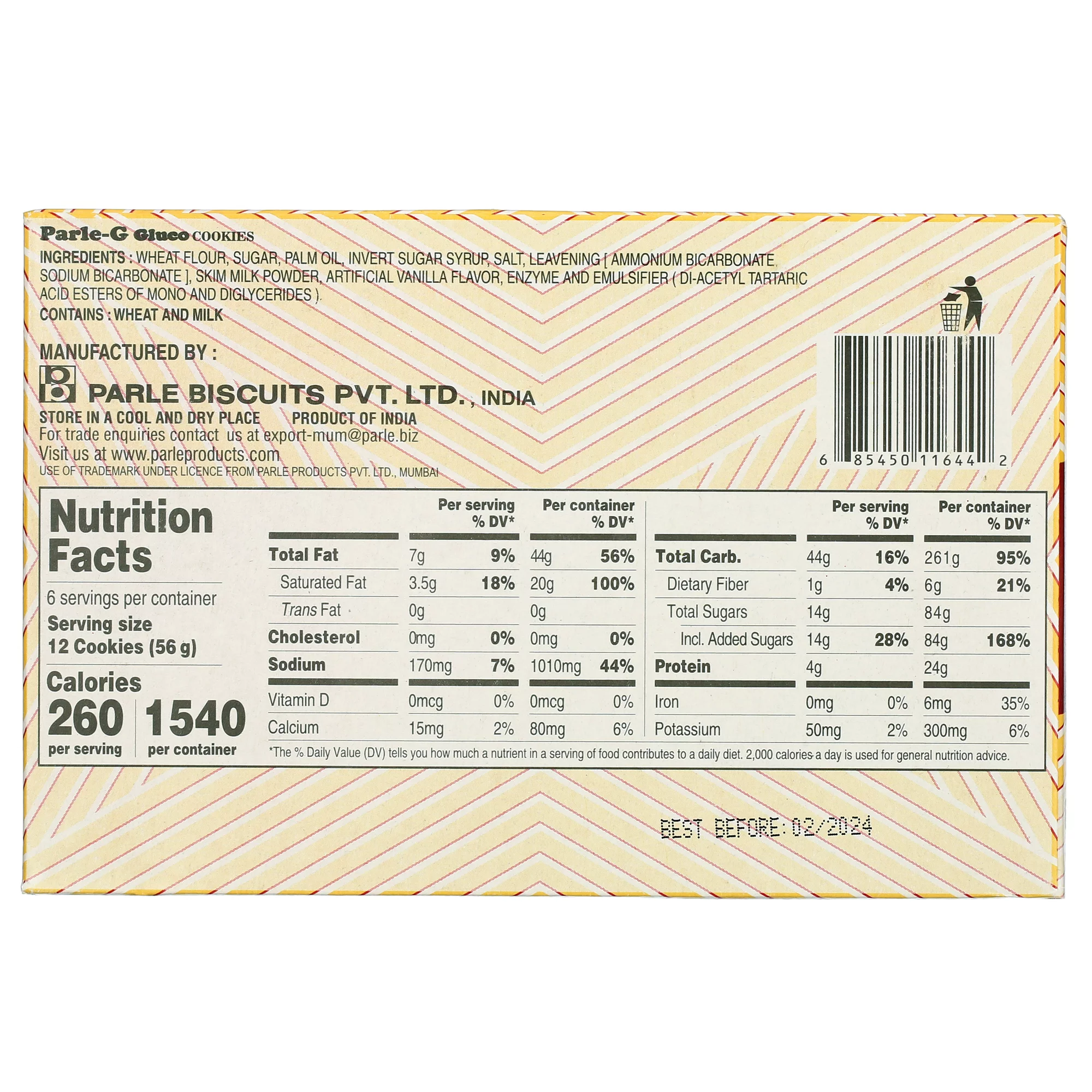So, your mom invited your relatives over for the semi-annual family get-together event. As you finally start seeing some progress with your weight-loss journey and get on track with your diet, you realize in a few days, at the social event, you will be surrounded by your favorite childhood foods that are not the most nutritious or healthy—samosas, pakoras, parathas. It seems almost unavoidable that your diet will derail, and you will end the day in a caloric surplus with minimal protein. However, that does not have to be the case with strategic planning and a little discipline.
Regarding being forced into these family dinners, I have been in your exact situation dozens of times throughout my weight-loss journey. While sometimes I decide to enjoy the delicious delicacies my Indian culture offers, I often implement strategies to manage the situation. Going into the event, I know my diet may not follow my 1:10 protein-to-calorie ratio perfectly. However, my strategies are all about damage control—minimizing the number of calories consumed while, more importantly, still enjoying the moment, bonding with family, and not ostracizing yourself from the social event.
Here’s the rundown of a typical South Asian dinner party my family may host and how I strategically plan my consumption to ensure I can stay on track with my diet. For context, the event would start roughly at 5:00 pm with appetizers and tea, followed by dinner at 8:00 pm, and then end with dessert around 10:00 pm.
5:00 pm Appetizers and Tea
Typical Indian gatherings I have hosted and attended start with Chai and cookies/pastries, such as cake rusk or "Parle-G Gold Biscuits." Shortly after, other appetizers are served, which include mixed nuts, pakoras, samosas, aloo tikki, sabudana vada, kebabs, and a vegetable tray.
Drink your Chai without milk or sweeteners:
Now, I know this is unorthodox and may require you making your own separate Chai without milk or sugar before guests come. However, when on your weight-loss journey, a fundamental rule is to refrain from drinking your calories, especially if the beverage lacks protein. A serving of Chai can have several hundred calories depending on the amount of milk and sweetener added and will have minimal to no satiating value. Drink your tea black and enjoy the notes of cinnamon and cardamom, as black Chai has only 5 calories roughly.
Pick one serving of carbohydrate:
By carbohydrate, I mean anything ranging from cookies to pakoras. Limit yourself to only one serving of one of these items—one samosa, two cake rusks, etc. This is where discipline truly comes in. With an array of delicious goods in front of you, it can be hard to not cave in! But trust me, you want to be able to enjoy desserts, so try to limit these carbohydrates.
The coveted and nostalgic "Parle-G Gold Biscuits" are macro-friendly. One serving has 12 cookies for only 260 calories, so feel free to fill up your plate with them!
Load up on vegetables:
At my dinner parties, there would often be a vegetable tray with sliced cucumbers, carrots, beets, and radishes. I always load up on these, as they help me have something to snack on when with guests (so nobody passes comments on why I am not eating) and because these are high-volume foods.
Load up on leaner proteins, if there are any:
Given my North Indian heritage, my dinner parties typically have meat appetizers, such as kebabs, or even some times grilled paneer. If the protein sources are relatively lean, such as tandoori chicken, and are not drenched in oils, feel free to grab a couple pieces to get your serving of protein. If your appetizer spread lacks any lean proteins, don’t worry; just ignore this step.
Sit as far as possible from the table of food:
Now, this strategy is more of a psychological one to preclude overeating. It applies to all parts of the dinner party, from appetizers to desserts. I have found that the closer I sit to the table with food, the more the foods are constantly being perceived by me. Consequently, I tend to mindlessly grab a samosa or biscuit and ultimately end up overeating. Sitting farther away limits my access to the food, hence preventing me from overeating and focusing on other parts of the party, such as socializing up with my cousins
8:00 pm: Dinner
Now, for dinner, the rules are basically the same as the ones I referenced in my post “South Asian Foods and Weight Loss: Can They Coexist?” (see related posts). Basically, cut your carbohydrates (basmati rice, naan) to 1/2, if not 1/4th of what you would typically eat. Double up on leaner protein sources (kebabs, tandoori chicken, paneer, etc). Limit your intake of vegetables or curries high in oils, such as mixed pickles. Lastly, feel free to eat as much steamed or raw vegetables as you desire. Following these strategies will let you eat until you are full while still participating in the party.

Here is a picture of a dinner plate I made at a family party. Notice the emphasis on protein sources—I have four: malai chicken tikka, tandoori chicken, chicken kebab, and lamb keema. I only consume 1/4th a piece of naan, and make sure to throw in my favorite raw vegetables like cucumbers and onion.
10:00 pm Dessert
Desserts are very tricky in South Asian cultures—the majority of sweets are filled with refined carbohydrates and saturated oils. For example, just one gulab jamun has 170 calories! I don’t know about you guys, but I can quickly eat 3-4 gulab jamuns without thinking twice. But here are some strategies to enjoy some dessert without breaking the bank with your calories:
Grab a couple pieces of fruit, if available:
At my dinner parties, along with refined sweets, there is often some cut-up fruit—sliced mangos, cubed watermelons, etc. This is my first option with dessert. Grab a couple slices of mangoes and a bowl of watermelon. You will receive a bunch of micronutrients from them and eat a large volume of food for a relatively small amount of calories.
Choose Ras Malai without the creamy milk syrup (Ras):
As I mentioned above, with gulab jamuns, mithais are a dangerous and slippery slope to go down—I opt to avoid them as they are highly calorie-dense and non-satiating. Instead, I get a few pieces of ras malai paneer pieces and really try to limit the milk sauce. Technically, this makes your ras malai relatively high protein and lower calorie dessert, as the main component is now paneer. Typical ras malai in one serving (1 piece with some of the sauce) has about 5g of protein per 100 calories. However, with reduced sauce, I believe we get closer to the 1:10 protein-to-calorie golden ratio we are always seeking in weight loss.
Avoid, Avoid, Avoid Mithais by all means:
For reasons stated above
So there you have it: some of my own personal strategies to use to ensure I stay on track with my weight-loss goals while spending time with family and being a part of social gatherings. Try out my strategies with your next dinner party, and let me know how it goes! Feel free to comment below with any unique strategies you have yourself. Thanks for reading.



Comments